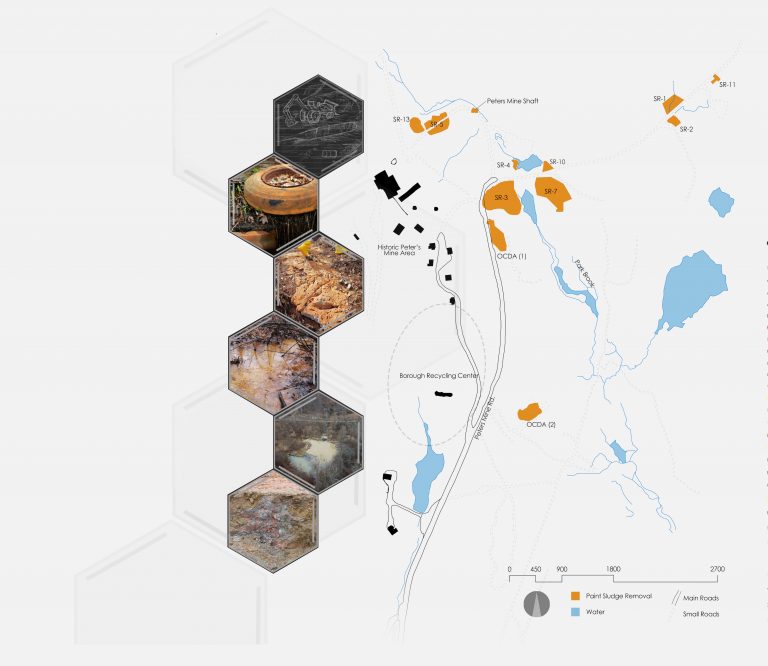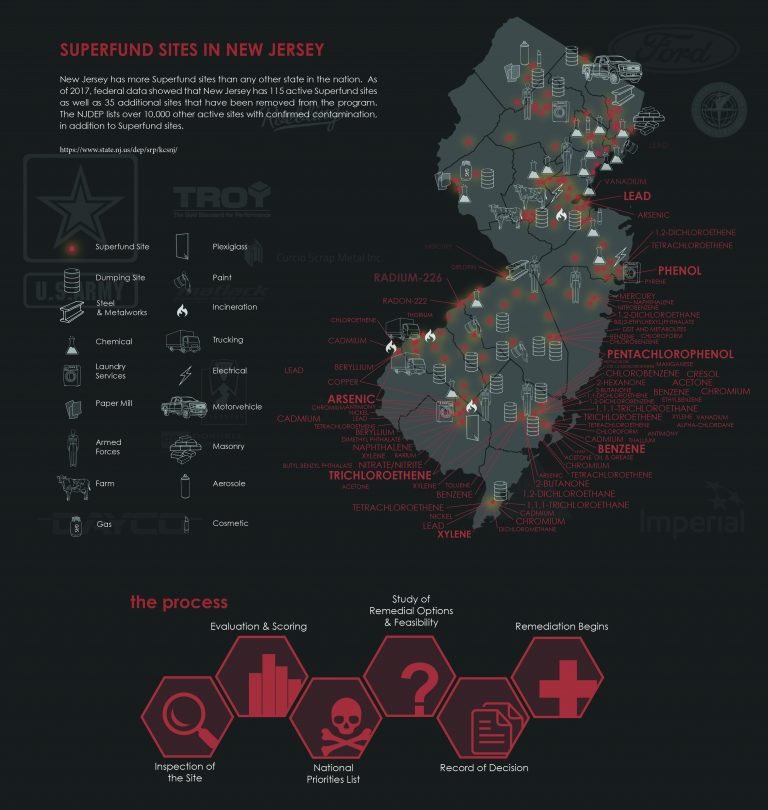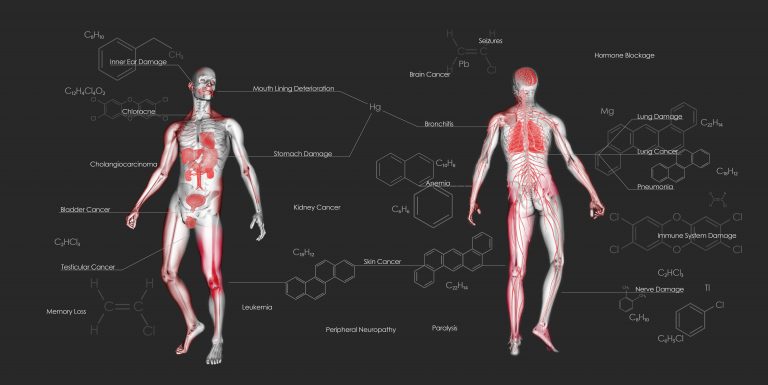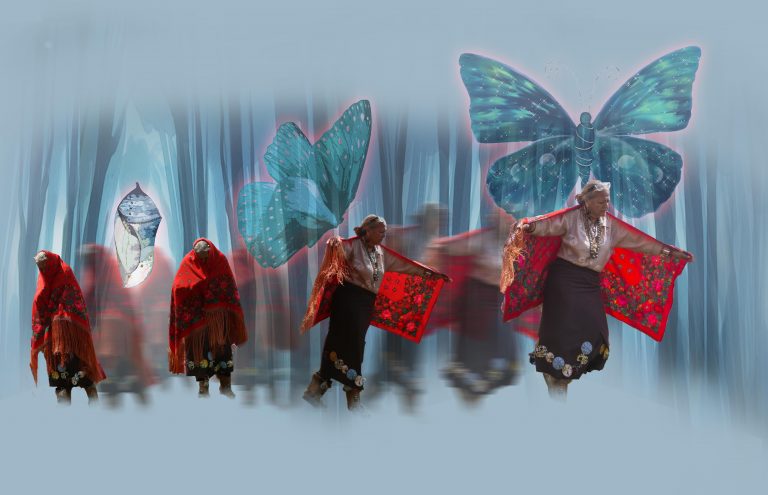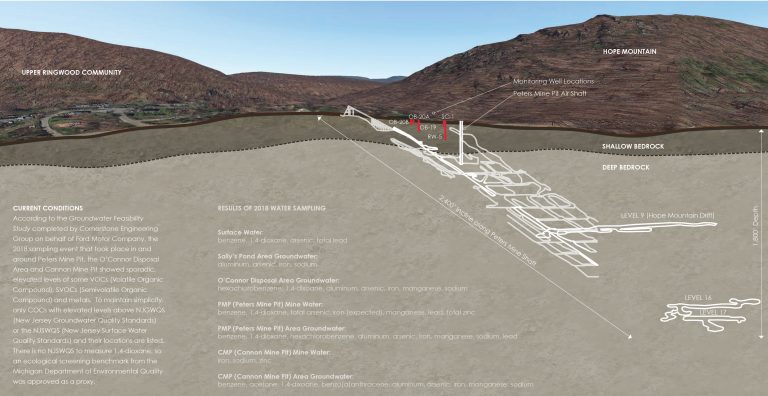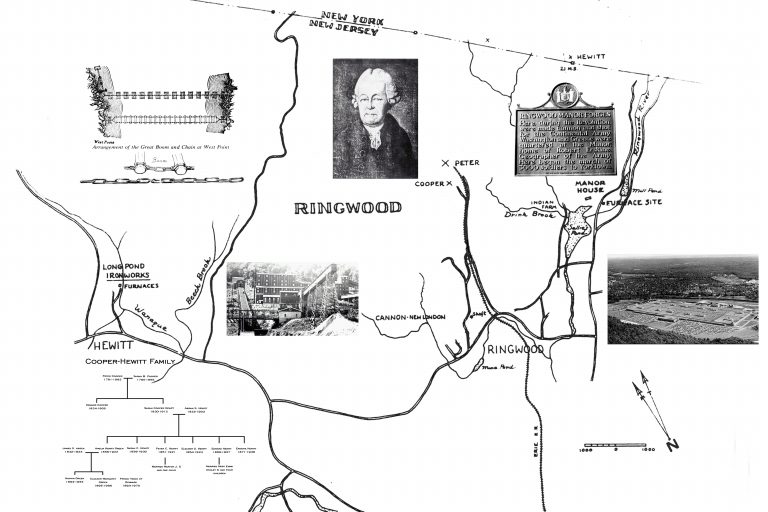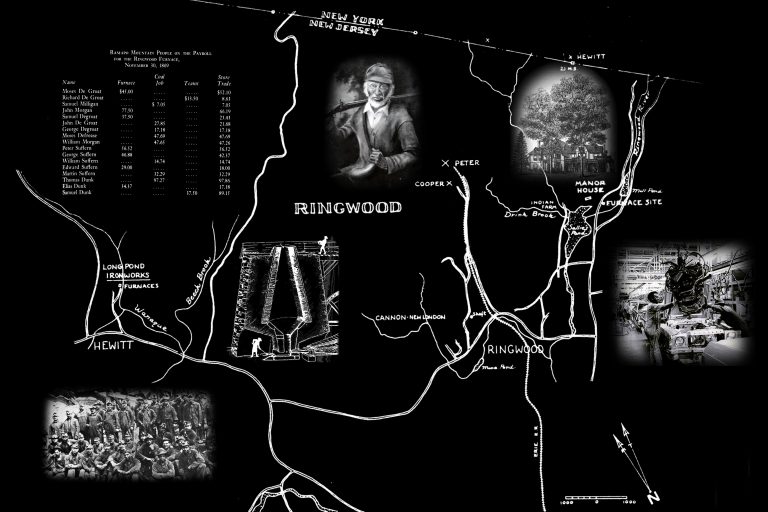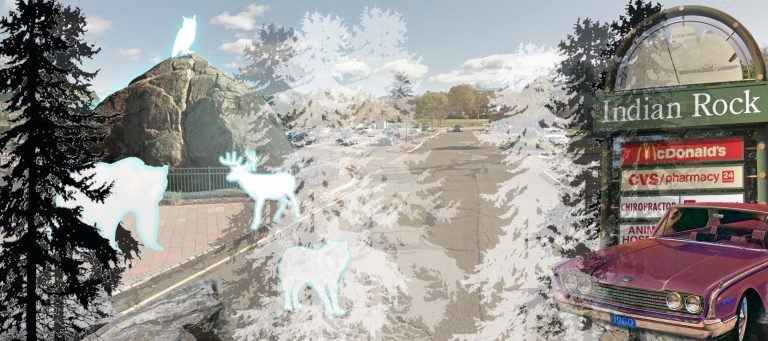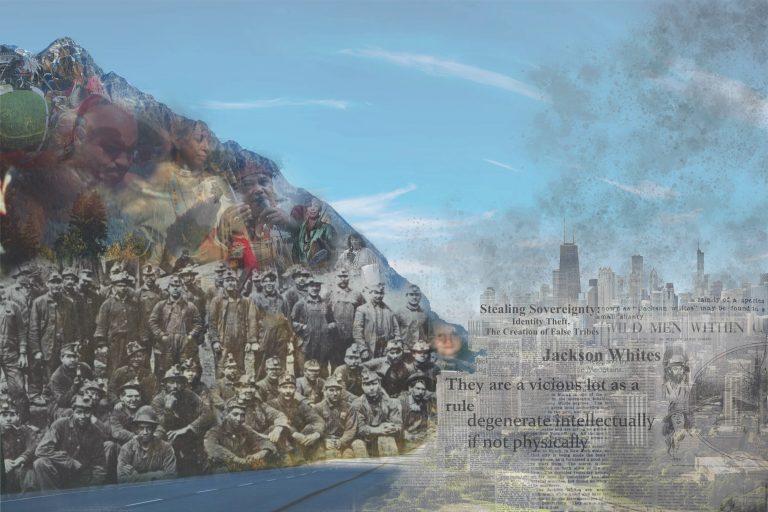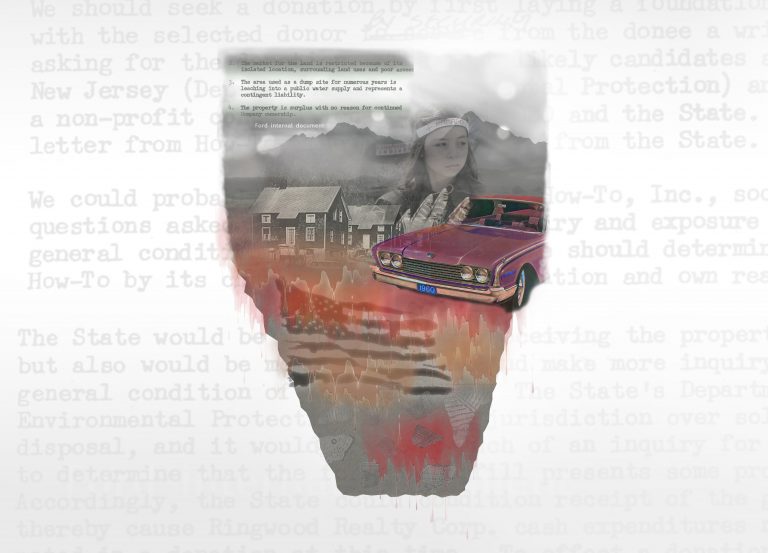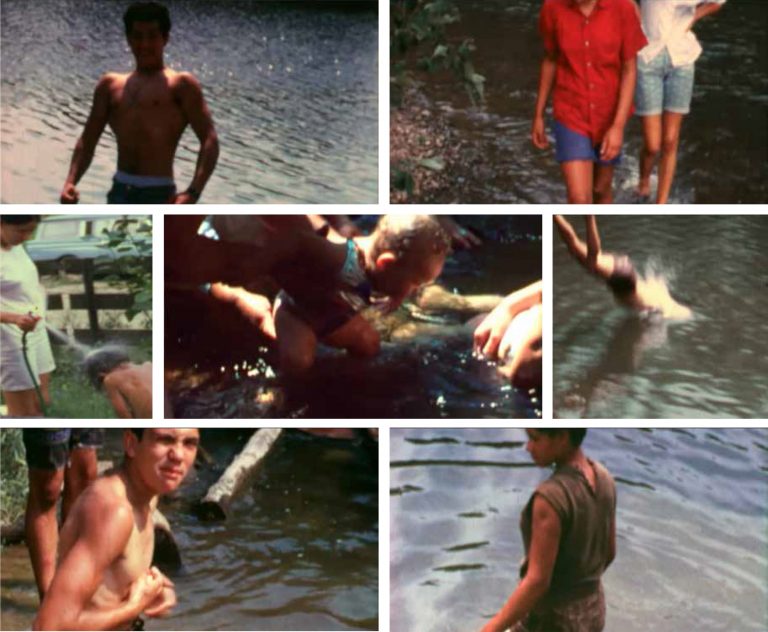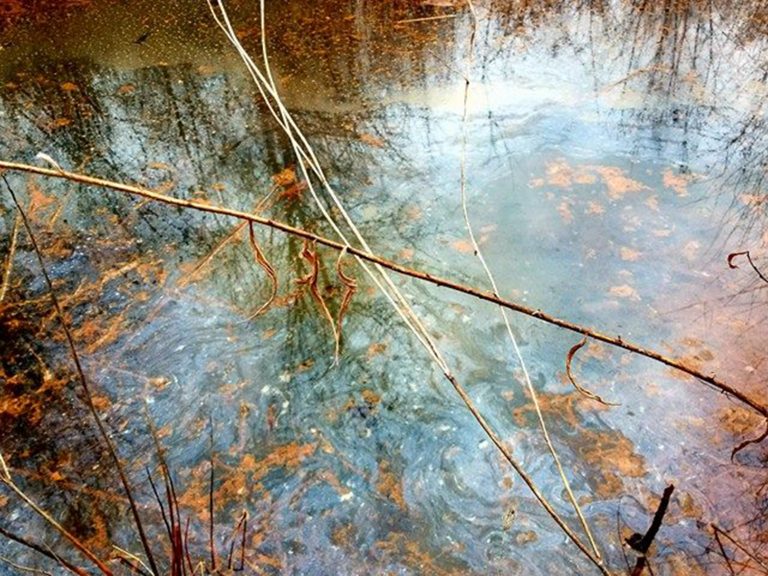The Problem
The Ringwood Mines Superfund Site, just upstream from the Wanaque Reservoir, is home to some members of the Ramapough Lunaape Turtle Clan. Ford Motors once used this site as a dumping ground for toxic paint sludge causing environmental degradation and increased rates of illness. EPA removed the site from the National Priorities List in 1994 although significant contaminants remain. It was the first site the EPA relisted in 2006.
The Roots
For many Native American communities, contamination disproportionately affects subsistence lifestyles, spiritual practices, and connections to the land. Land rights have long been ignored. Land acquisition through eminent domain has resulted in the loss of farmland, forced relocation, and destruction of wildlife and plants.
The Solutions
The Ramapough are resisting this legacy by raising awareness, documented in Our Land, Our Stories: Excavating Subterranean Histories of Ringwood Mines and the Ramapough Lunaape Nation. “Stories are kept alive through the telling of what happened a hundred years ago; it comes into being and happens now.” —Chief Ronald Redbone.

Our Point of View
Rutgers University–New Brunswick Department of Landscape ArchitectureDesigners of landscape architecture look for solutions to environmental problems by focusing on technical issues and contaminants. Yet, in Ringwood, we learned that dense reports and technical language obscure the human experience. As designers, we need to develop strategies that address the cultural and emotional aspects of environmental degradation by bringing together scientific data with personal stories. The Ramapough teach us to recognize the emotional connections and cultural and traditional bonds that are compromised in the landscape they call home.
The Turtle Clan of the Ramapough Lunaape NationThe Turtle Clan of the Ramapough Lunaape Nation has been fighting for years for justice, for our land to be remediated, for treatment of illnesses connected to contaminated soil and water. Our activism led to the listing of the Ringwood Mines/Landfill Superfund Site in 1983. The EPA said the site was clean in 1994 when they closed down the Superfund site for the first time. It took 12 years to relist the site and to address the incomplete cleanup. We continue to work to bring attention to contaminants remaining in the ground today. We are the Keepers of the Pass.




